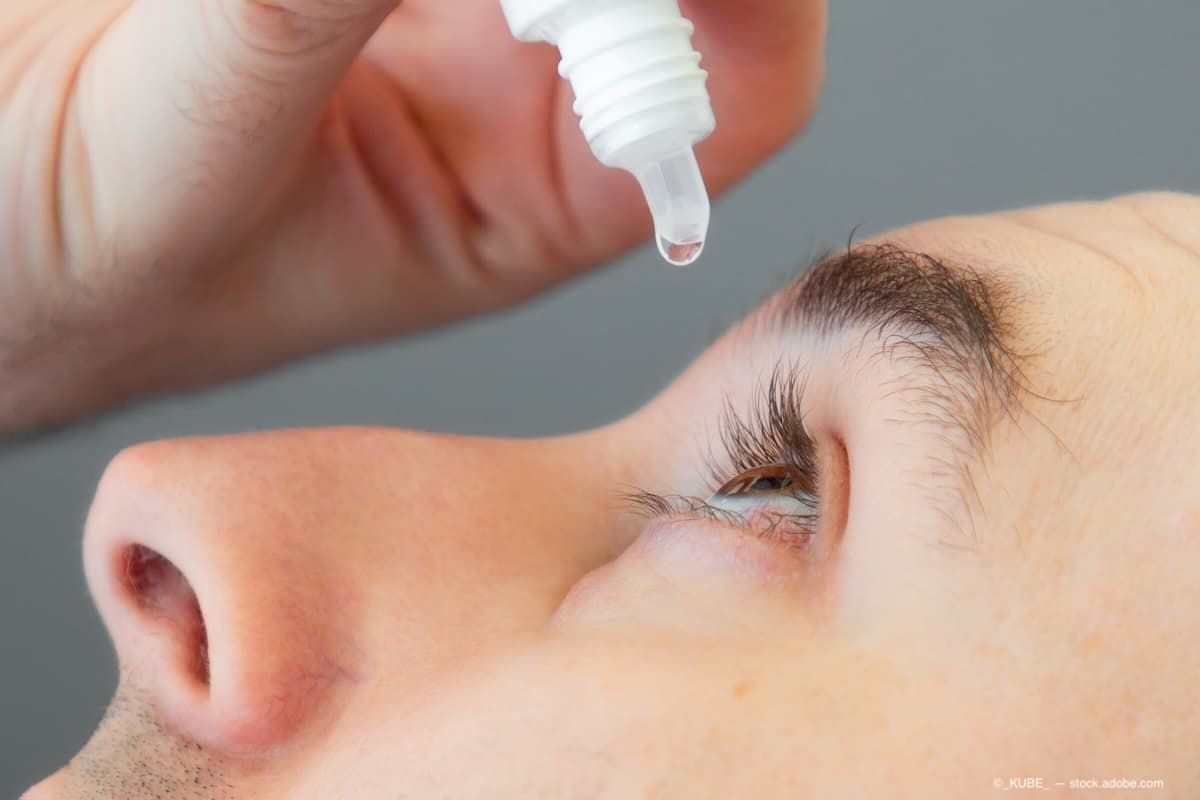Video
Omega-3 Fatty Acid Supplements for Dry Eye Disease
Author(s):
Eye care professionals discuss their comfort in recommending oral omega-3 fatty acids to help treat dry eye disease.
Cynthia Matossian, MD, FACS: To follow up on that, Rahul, because we were talking about adding layers of treatment, where do oral omega-3 fatty acids fit in with your treatment? And then Kelly and Milt, I’m going to open it up to both of you to comment on your views of incorporating omegas.
Rahul S. Tonk, MD, MBA: I am an omega believer. I do very much believe in the importance of nutrition and antioxidants and a whole foods diet. It works for everything. But in particular with omega-3s, the first thing I have to admit to myself is that the data are a little interesting. We know that Penny Asbell, MD, put out the results of the DREAM study, which showed nonsuperiority, let’s say, of omega-3s against olive oil, which maybe wasn’t the best placebo there. Whereas others have studied this well and have some very nice data showing that indeed it is helpful. There is some movement, and I don’t want to say, there are others who might say, “I’m 100%, in every patient.” But for me I always prescribe with a grain of salt because I have to keep an eye on the data to a degree. I do believe in omega-3s, however, and I think there are a few brand names out there that have re-esterified omega-3 acids and those particular products that are built out to contain the therapeutic dose. It’s very important because oftentimes people will think they’re getting the appropriate amount of omega because they had salmon for dinner. And it just doesn’t get to that therapeutic dose. If they’re going to use it, I like the products that are on-label for that specific purpose.
Cynthia Matossian, MD, FACS: Great answer. Milt or Kelly, would you like to add to that? I do agree. I am a believer about omegas, and I do recommend them to my patients. Now there is a test you can do, the OmegaQuant test. It’s a finger prick test, one droplet of blood goes all the way to South Dakota and you get the result, and if it’s 8% or greater, it means the patient is within the therapeutic range of their omega-3 level. If they’re not, you have to bump up the dose or change brands to something that is more bioavailable and bioabsorbable. Kelly or Milt, any comments on omega fatty acids?
Kelly K. Nichols, OD, MPH, PhD, FAAO: I’ll say I too am a believer. Whether they help the eyes, they help your body too. If you’ve trying to overall reduce general inflammation, it can’t be bad to take them. Having that discussion about the data with the patients I think is important. But if they hear from you that you take them, I think they are influenced by that. In Penny’s study both groups did improve. It wasn’t like there was no improvement at all while on them. So although not Earth-shattering data, I still think they are suggestive, and it can’t hurt. There is a cost associated with taking omegas, and so if that’s a burden for the patient then they may opt not to.
Cynthia Matossian, MD, FACS: It’s a cost, but also having eye disease and the consequences of that, there’s a cost to that too. You always have to do that fine balancing act.
Transcript edited for clarity.
Newsletter
Don’t miss out—get Ophthalmology Times updates on the latest clinical advancements and expert interviews, straight to your inbox.




